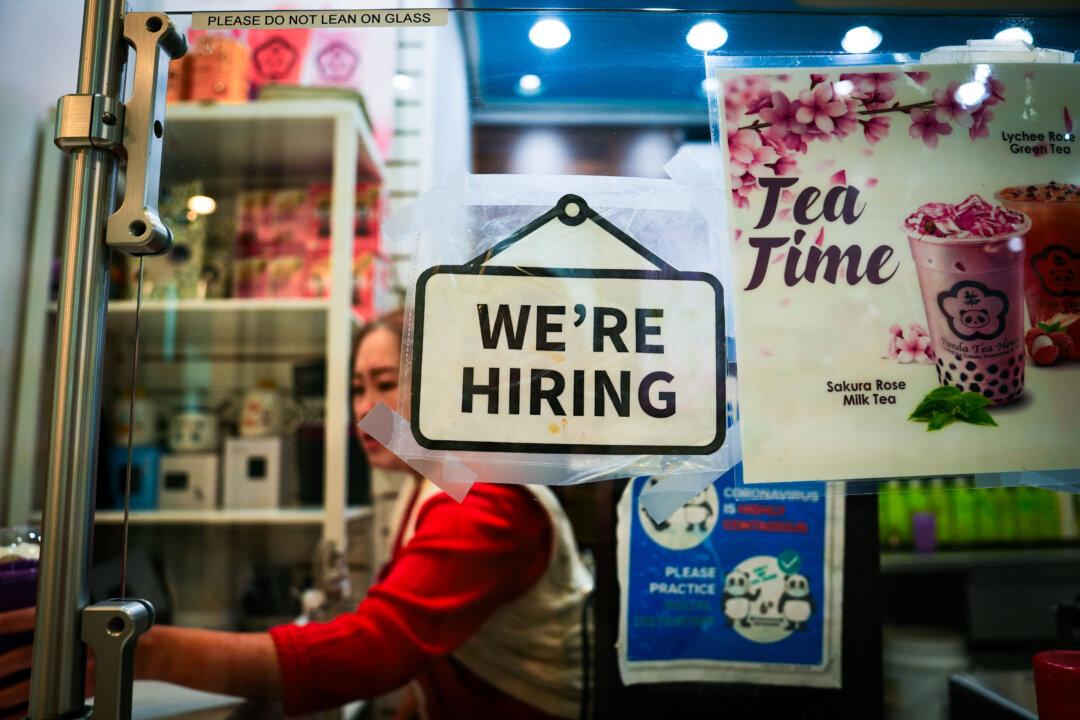Strong labor data and positive expectations about the incoming Trump administration pushed the U.S. dollar to a two-year high on Thursday.
In fact, “50 percent of global CEOs are accelerating activities in areas such as domestic and international investment and hiring based on the outcome of the 2024 U.S. election,” it said.
“November’s election outcome has given way to lower global growth expectations, wider growth gaps between the U.S. and the rest of the world, and higher terminal federal funds rate forecasts for 2025—the perfect trifecta of bullish U.S. dollar cyclical impulse,” said Meera Chandan, co-head of Global FX Strategy at the company.
“These are early first-order reactions that may give way to deeper rethinks once the full set of Trump administration policies are known next year [2025], but for now, they constitute a solid economic rationale for carrying a long U.S. dollar stance into the first quarter of 2025.”
US Economy Performance in 2025
With President-elect Donald Trump set to take power in less than three weeks, there are mixed views about how things could shape up for the American economy.“We expect no net stimulus and a decent size hit from tariffs and immigration. This should be bullish for bonds as the Fed continues cutting, but could be a disappointment for frothy stocks,” it said.
Regarding tariffs, the most likely outcome is a 20 percent hike on Chinese imports and on vehicles from Mexico and the European Union, Morgan Stanley said.
It predicts the U.S. Federal Reserve to continue cutting interest rates to a range of 3 percent 3.5 percent by the end of 2025.
The company sees inflation to likely remain above the 2 percent level for “longer than we previously thought.”
“The U.S. economy is in a good place,” said David Mericle, an economist with the company.
“Recession fears have diminished, inflation is trending back toward 2 percent, and the labor market has rebalanced but remains strong.”
While Trump’s policy changes are likely to be “significant,” Mericle does not see these actions changing the trajectory of the economy substantially.
Goldman foresees the Fed reducing interest rates to a range of 3.25–3.50 percent, with the U.S. GDP predicted to grow by 2.5 percent.







